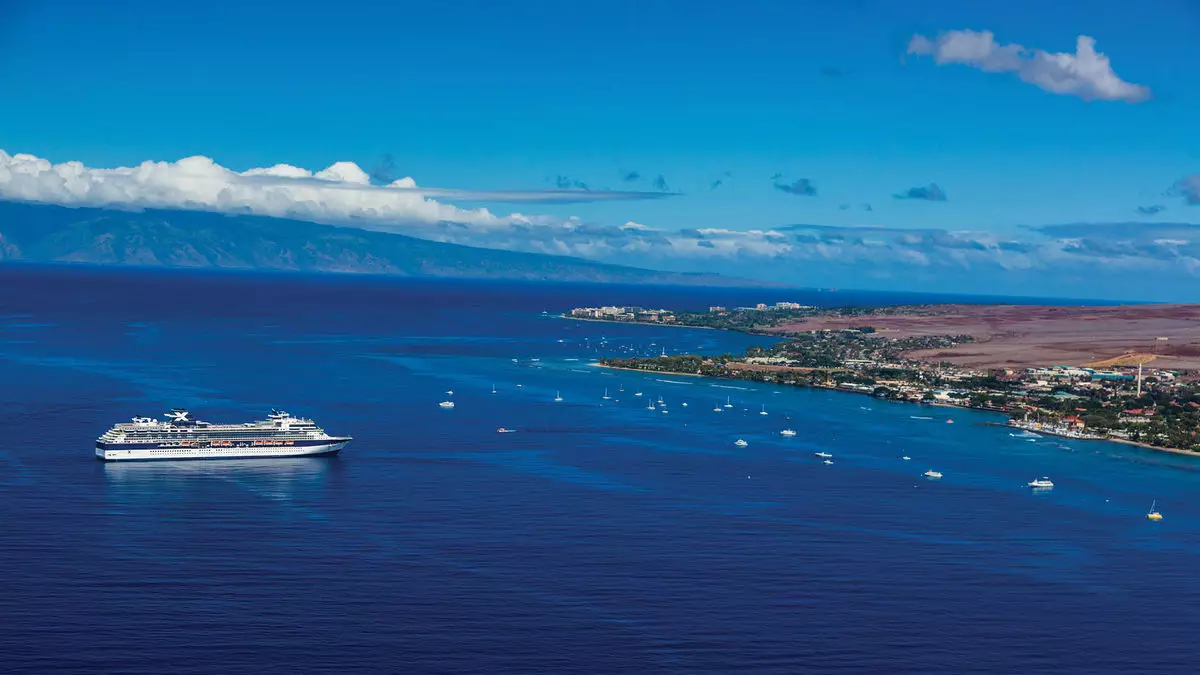Hawaii’s decision to cut cruise ship traffic by half within the next decade signals a profound acknowledgment of the environmental and societal toll tourism has inflicted on these fragile island ecosystems. This bold move isn’t born out of fear or restriction but reflects an urgent pursuit of sustainable growth. It highlights an awareness that traditional cruise operations significantly contribute to greenhouse gas emissions, threatening Hawaii’s unique natural environment. By targeting a 50% reduction by 2030 and doubling that cut by 2035, Hawaii is positioning itself as a leader in climate-conscious policy among island states. Such strategies challenge the conventional dependency on mass tourism, urging a paradigm shift towards more sustainable modes of transportation and economic resilience.
Balancing Economic Needs with Environmental Imperatives
The decision isn’t without controversy or concern from the industry, notably because cruise tourism remains a major economic driver. Yet, Hawaii’s leadership recognizes that continued reliance on high-emission cruise activities is incompatible with its long-term environmental sustainability and energy security goals. The exemption for homeporting ships, namely Norwegian Cruise Line’s Pride of America, indicates a nuanced approach rather than an outright ban. This suggests a willingness to collaborate with industry players willing to adapt, such as transitioning to cleaner fuels or implementing shore power technology. Hawaii’s openness to reevaluate benchmarks if vessels adopt greener practices demonstrates strategic flexibility, emphasizing partnership over prohibition. It reflects a broader understanding that environmental policy must evolve alongside technological advancements, not exclude them entirely.
Environmental Justice and Resilience: Why It Matters
Beyond emissions, Hawaii’s plan addresses the broader context of climate resilience. As an island chain battling coastal erosion, wildfires, droughts, and violent storms, sustainable transportation strategies are integral to safeguarding residents’ livelihoods. Reducing the carbon footprint of maritime activities aligns with this goal, demonstrating a comprehensive approach to community well-being. The emphasis on transitioning to vessels capable of burning cleaner fuels and connecting to shore power suggests a future where Hawaii can foster tourism without compromising its vulnerability to climate change. In this sense, the plan transcends mere environmental policy—it embodies a strategic vision for resilience and sovereignty, emphasizing energy independence and reducing reliance on imported fuels and external vulnerabilities.
The Future of Maritime Innovation and Leadership
Hawaii’s move signals a call for the cruise industry to innovate or face obsolescence on these islands. It sends a powerful message: sustainability is no longer optional but essential. While current vessels may not yet meet the green standards Hawaii desires, the door remains open for industry transformation. Such leadership might accelerate technological adoption, incentivizing cruise lines to invest in greener ships, shore power systems, and alternative fuels. Hawaii’s willingness to adapt benchmarks based on industry progress exemplifies pragmatic leadership—recognizing that environmental goals must be both ambitious and adaptable. This strategic stance positions Hawaii as a pioneer, pushing the maritime sector toward a cleaner, more responsible future.
Hawaii’s ambitious maritime policy is a testament to its unwavering commitment to environmental stewardship, community resilience, and sustainable economic development. It challenges the global cruise industry to rethink business models and embrace innovation, positioning the islands not just as a tourist destination but as a beacon of responsible environmental leadership.


Leave a Reply